10 Items To Add To Your Doomsday Preparation
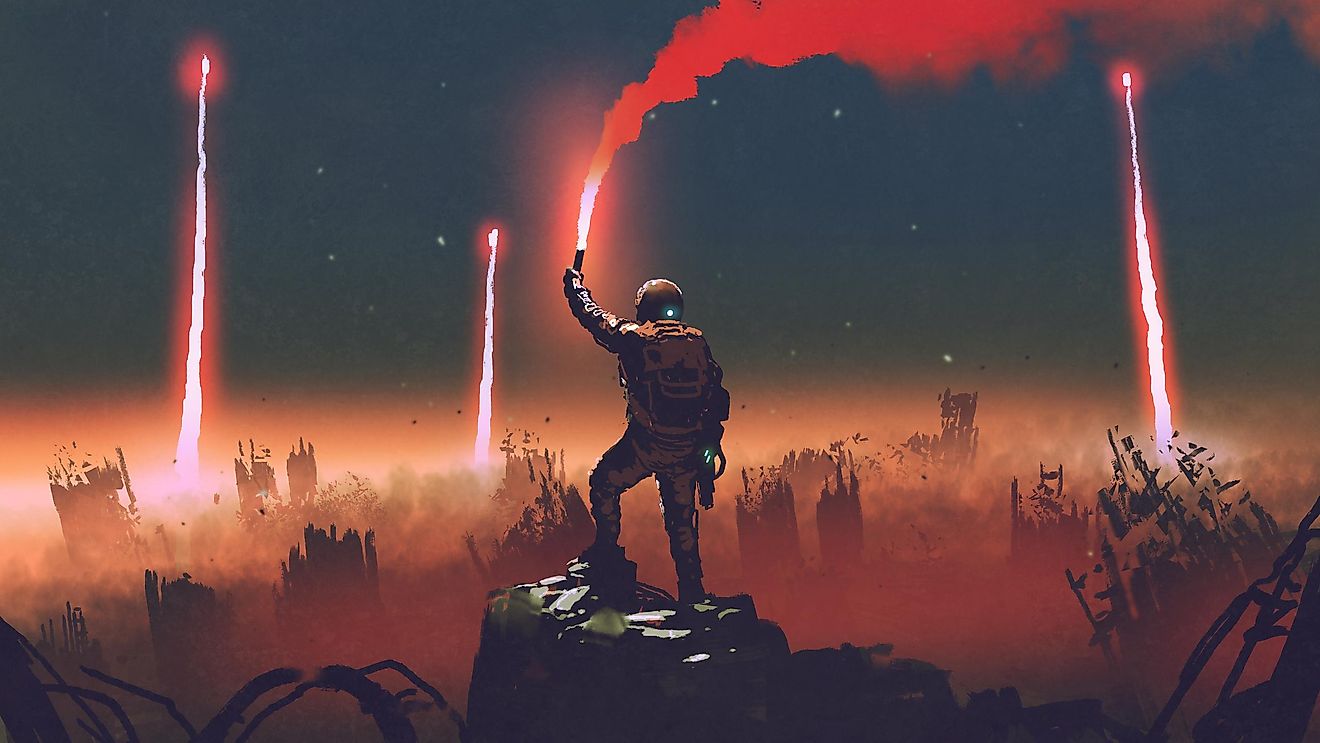
- An adult human needs a gallon of water a day
- Keep at least 3 days worth of supplies at home
- Don't hoard supplies: greediness only makes disaster situations worse
While doomsday prepping is becoming a huge consumer market, you don't need to spend money on a fancy, pre-assembled emergency kit.
You will likely have most of what you need at home already- the rest can be collected slowly over time and will not be expensive.
Every home can benefit from a well-stocked emergency kit. Assemble it in a bag that is easy to grab quickly and make sure all family members know where it is. Some people like to keep a small kit in their car or at their workplace.
Many assume weapons or expensive technology will help them, but the most important resources in an emergency are water and food. By assembling those and finding resources to preserve your health, such as medicines, ways to keep warm, and clothes that protect you from the elements, you are well on your way to surviving a disaster.
10. Water
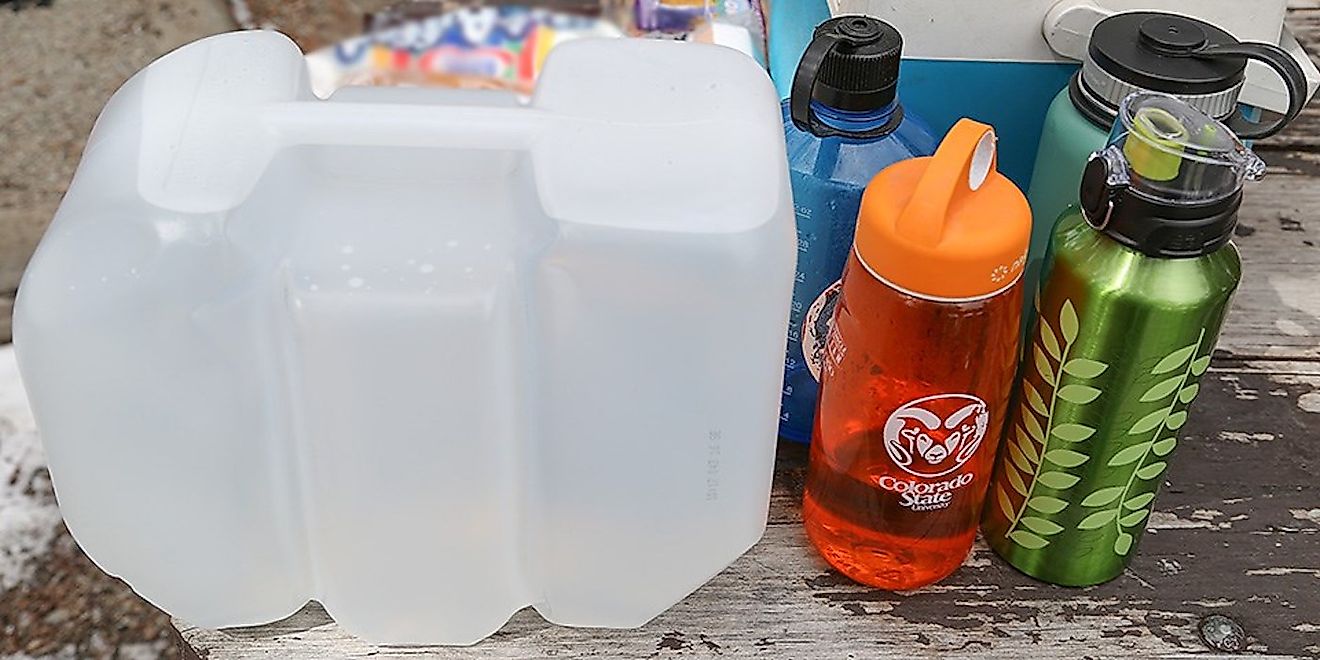
While it seems simple, water is the most essential element of survival. In case of an emergency, each person will need a gallon of clean water every day. Prepare for an emergency scenario by storing at least 3 days worth of water per person and some water purifying supplies such as iodine tablets.
9. Non-Perishable Food
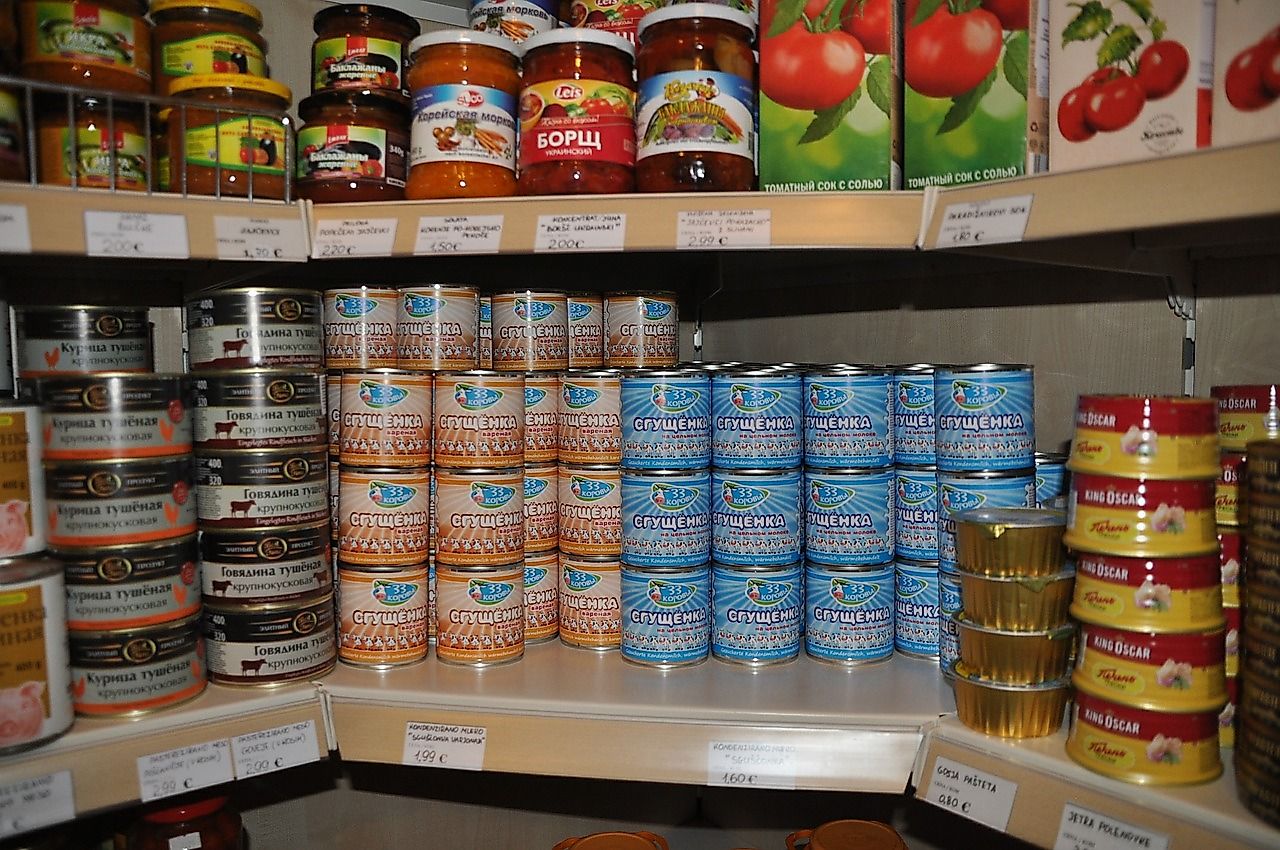
It is important to stock up on food that will not spoil. In case of a pandemic, you will need enough food to get by for two weeks. Get nutrient-rich foods from multiple food groups: canned meats and fish, protein bars, dried fruit, nuts, trail mix, and dried grains like rice and pasta.
8. Prescription Medications
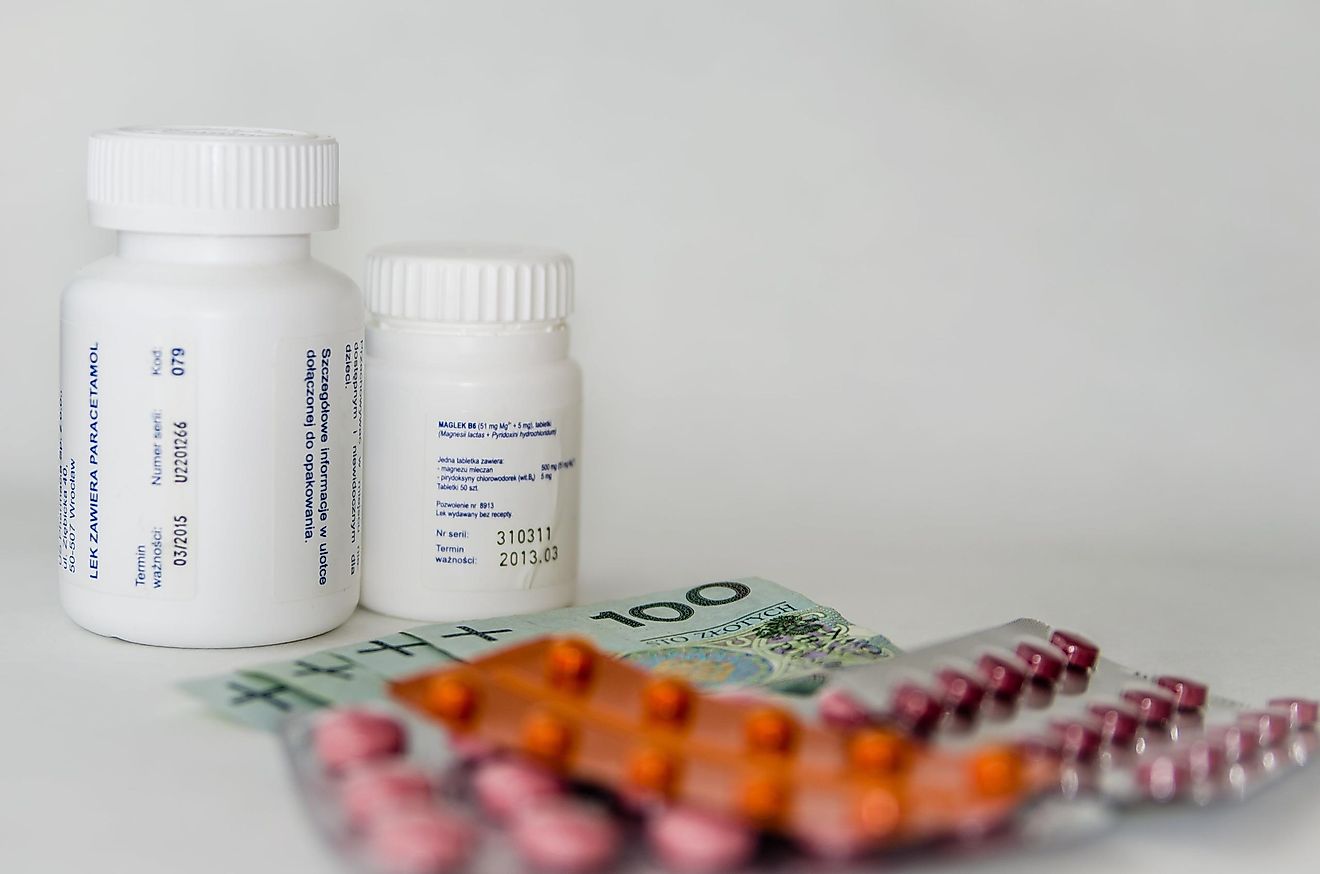
Make sure any medications you need to take have been recently refilled. Have some extra on hand if possible.
7. Non-Prescription Medications
Stock up on pain relievers, anti-inflammatories, anti-diarrhea, antacids, laxatives, and anything else you could need.
6. Hand-Crank Radio
The radio may be the only way of getting information during an emergency. A hand-crank radio will not run out of batteries.
5. Flashlight
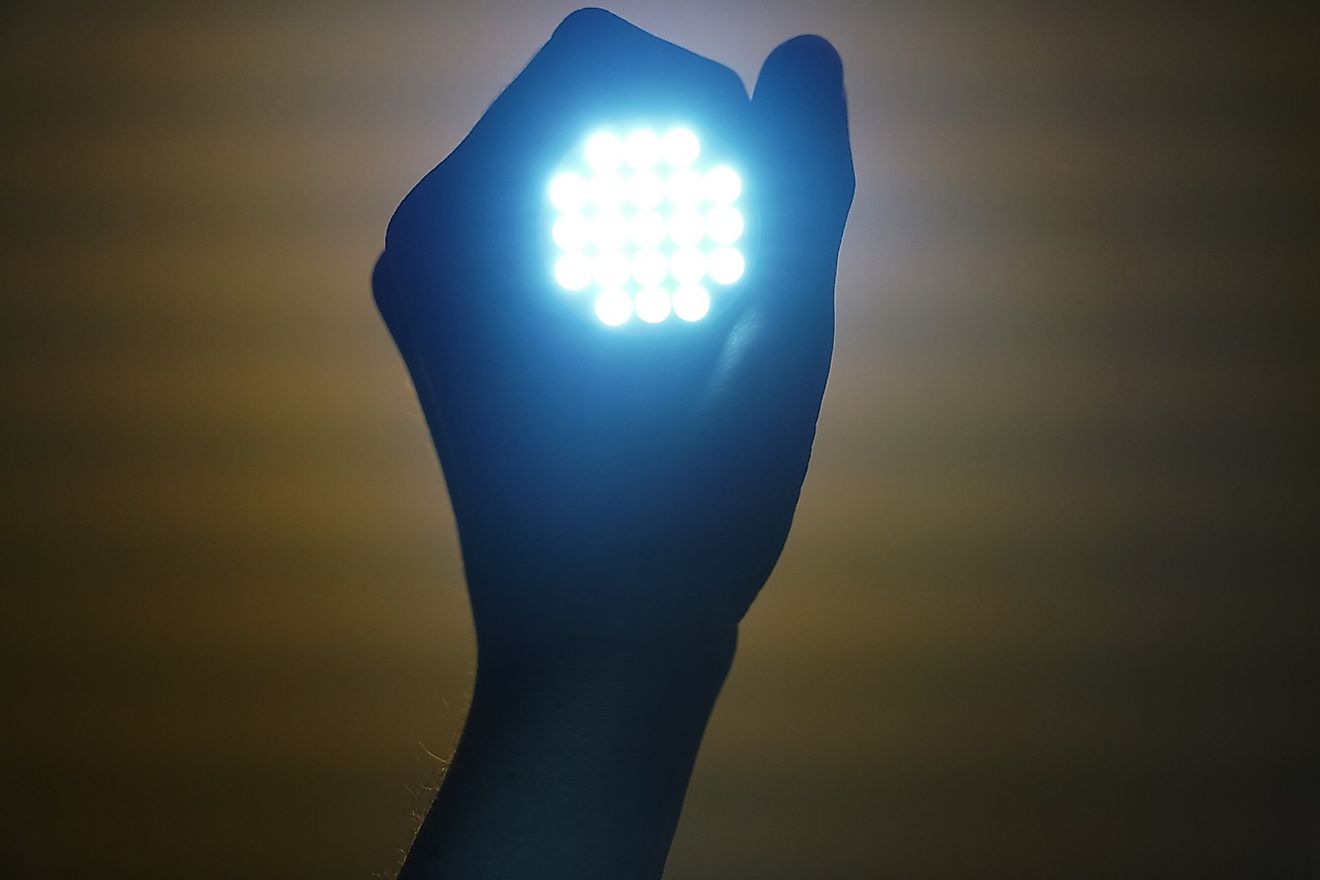
Any sort of light will be useful in times of darkness. Hand crank or solar-powered flashlights will be especially reliable. If you pack a battery-powered flashlight, pack copious amounts of extra batteries.
4. Firestarter
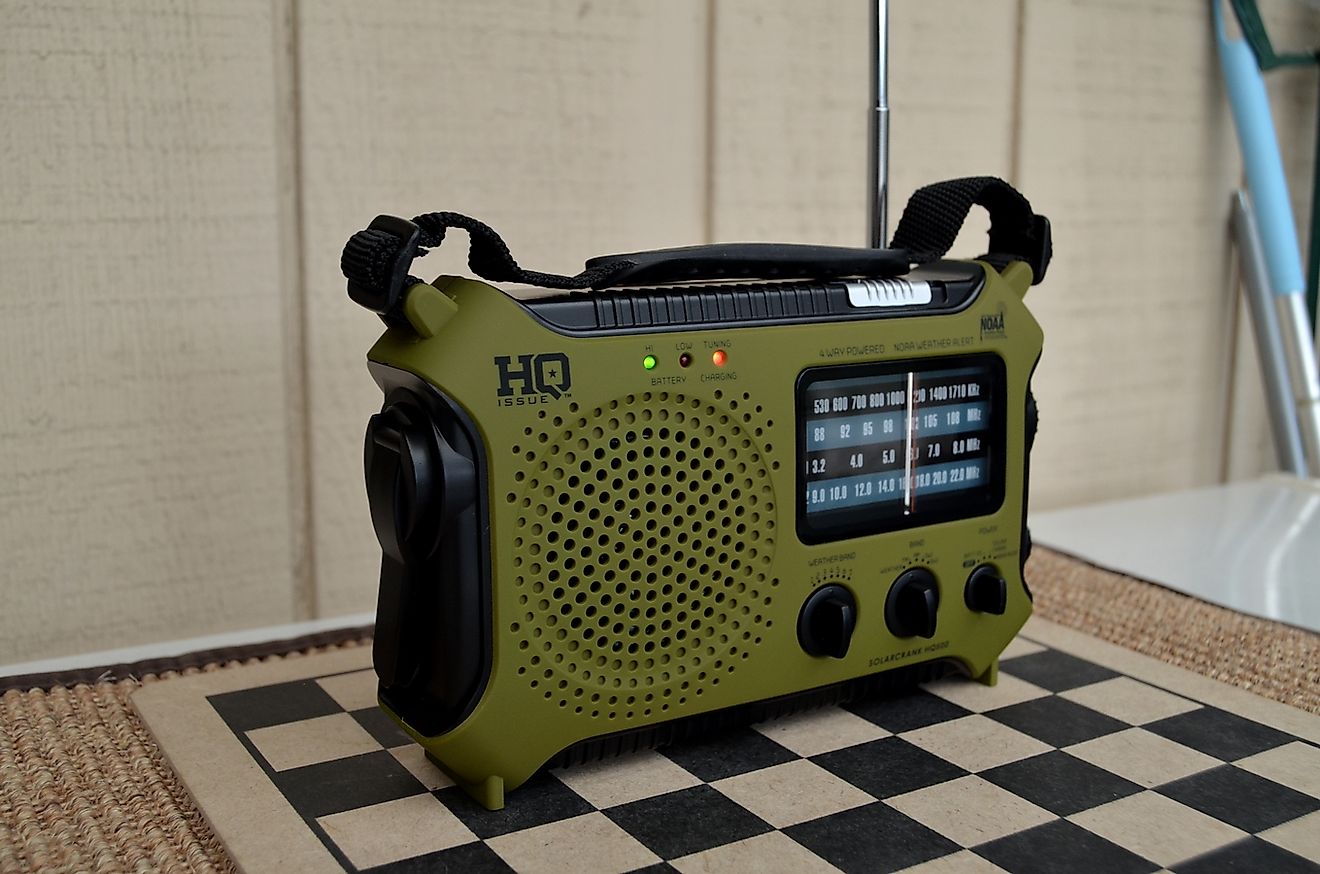
The more primitive your firestarter, the more lasting and durable it will be. A lighter is good, but waterproof matches are better. Flint and steel will be best- it lasts a long time, and is not as easily damaged as a lighter or matches.
3. Maps
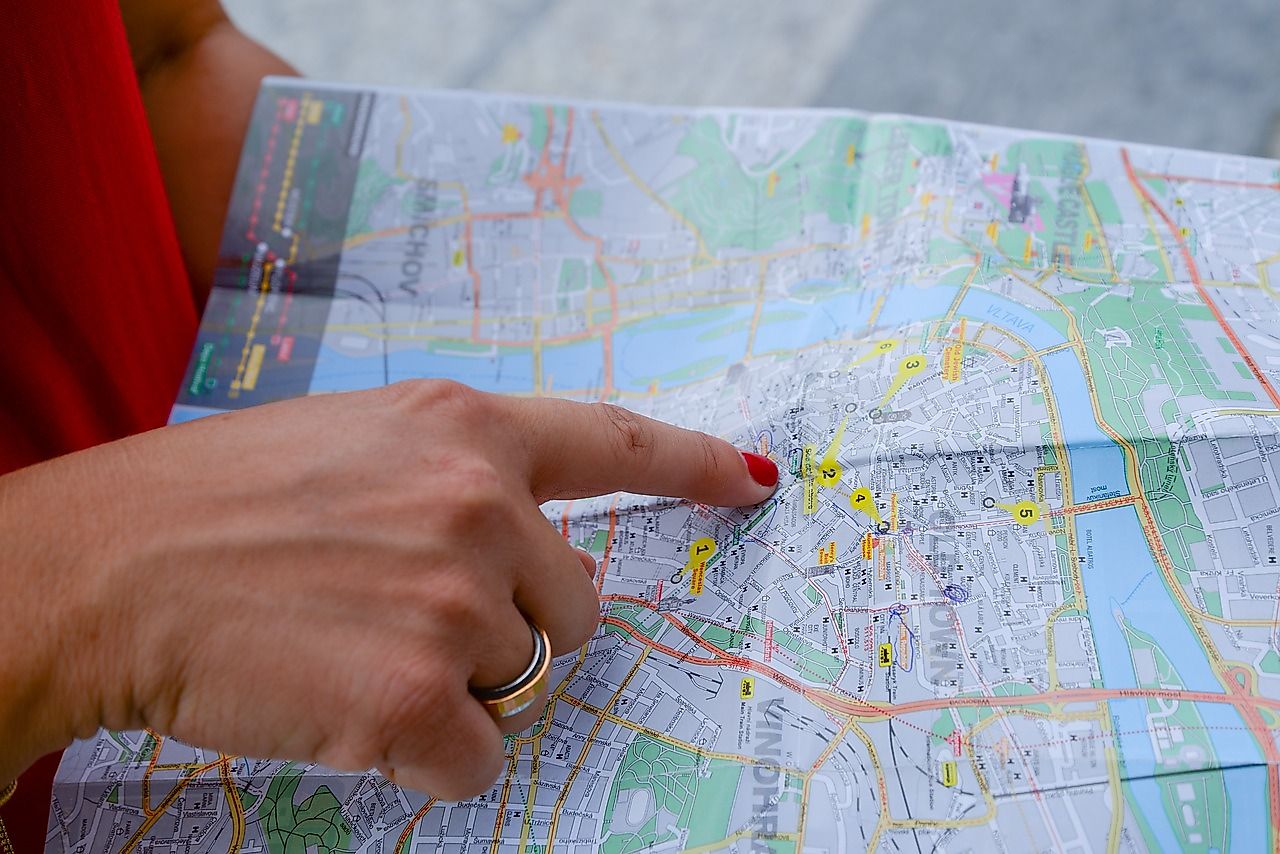
You will likely not have access to electronic navigation sources during an extended emergency. Collect maps of your area and learn how to read them.
2. Backup battery for electronics
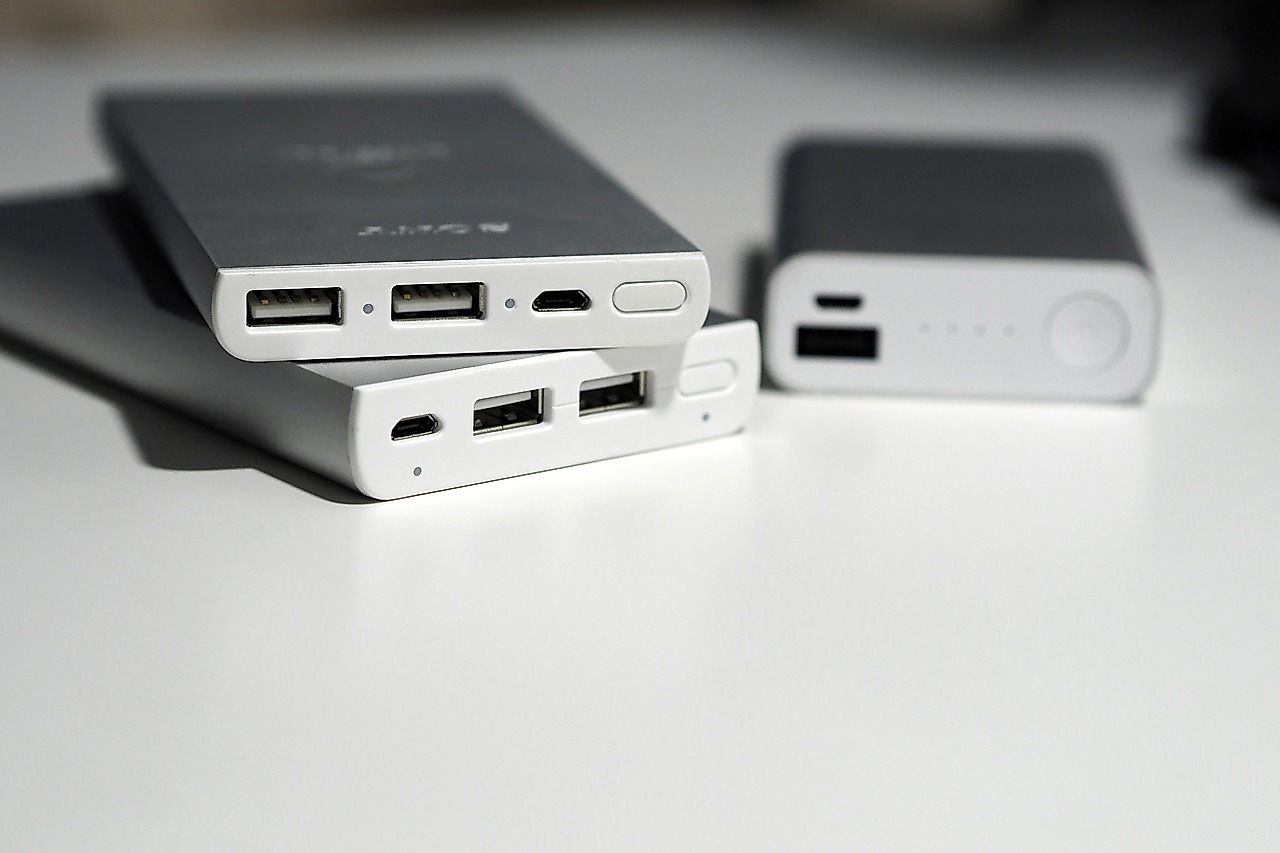
If you can find a solar powered or disposable battery powered backup for your phone or computer, you may be able to have precious access to information during an emergency.
1. Method of Signalling for Help
A whistle, reflective signaller, flares, or some other method of making contact with other survivors (or potential rescuers) could make the difference between life and death in an emergency scenario.











